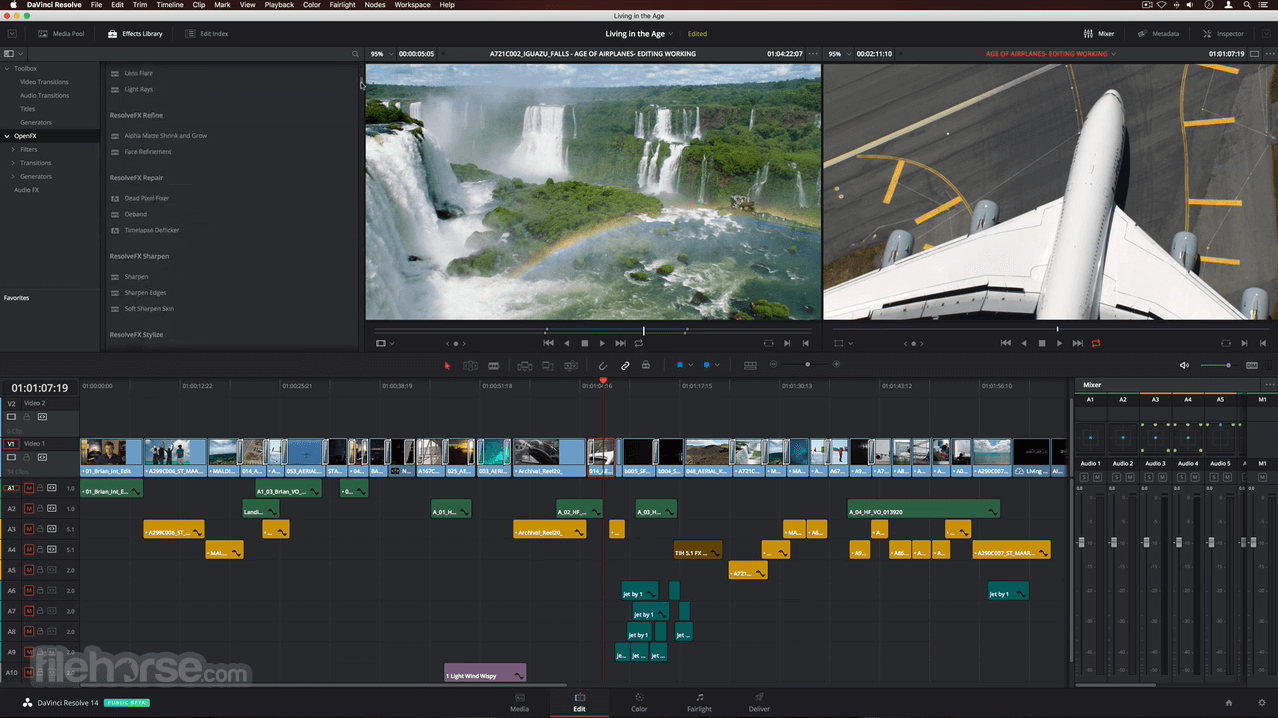


For example, you might track a door, window, poster, billboard, or Ipad screen. It's ideal for tracking anything rectangular. In other words, it tracks four separate patterns over time. This tracking builds upon Transform Tracking by adding three more track points for a total of four. The rotation must stay “flat” to the camera (a rotation along the camera's Z axis) and the scale changes are limited to those created when the camera zooms or changes its distance from the tracked feature. In this shot from the Tracking Complex Surfaces in Nuke and Mocha Pro course, Transform Tracking is used to track reflections onto the visor of the helmet.Īlthough it's often only necessary to use one track point to track one feature, you can use two track points to track two features and thus detect simple rotation and scale changes. This type of tracking is often called Matchmoving, as you can use it to impart motion to a new element as if it was shot with the original real-world camera.įor example, if you want to add a moon to a sky of a shot where the camera has minimal movement (say a short pan, dolly, or handheld tilt), Transform Tracking is a good choice. It's able to track the X (left/right) and Y (up/down) motion of a pattern over time. Transform Tracking is the simples tracker available in most applications and occurs in 2D. No single tracking type works with all shots, and as a compositor it’s important to learn which tracker works the best in each situation. I n this guide, world-renowned visual effects expert Lee Lanier from the learning platform Lowepost will walk you through the most common tracking types available in modern compositing applications.


 0 kommentar(er)
0 kommentar(er)
